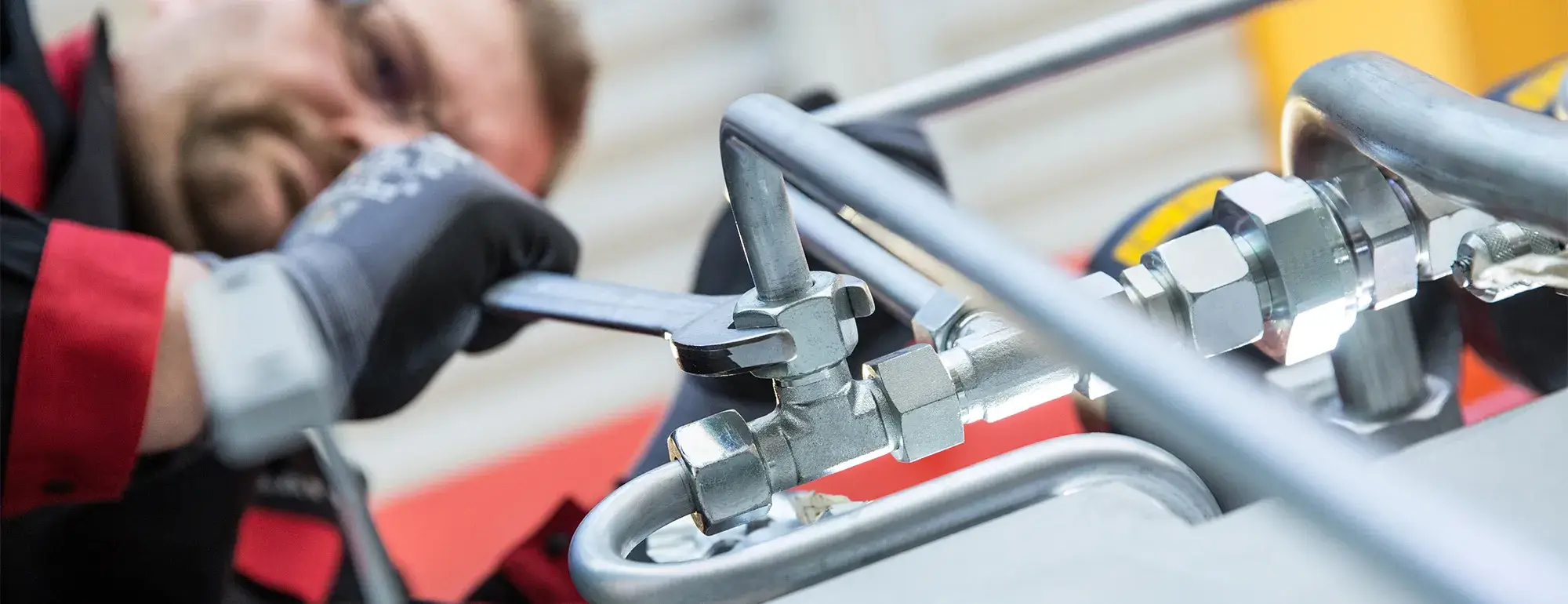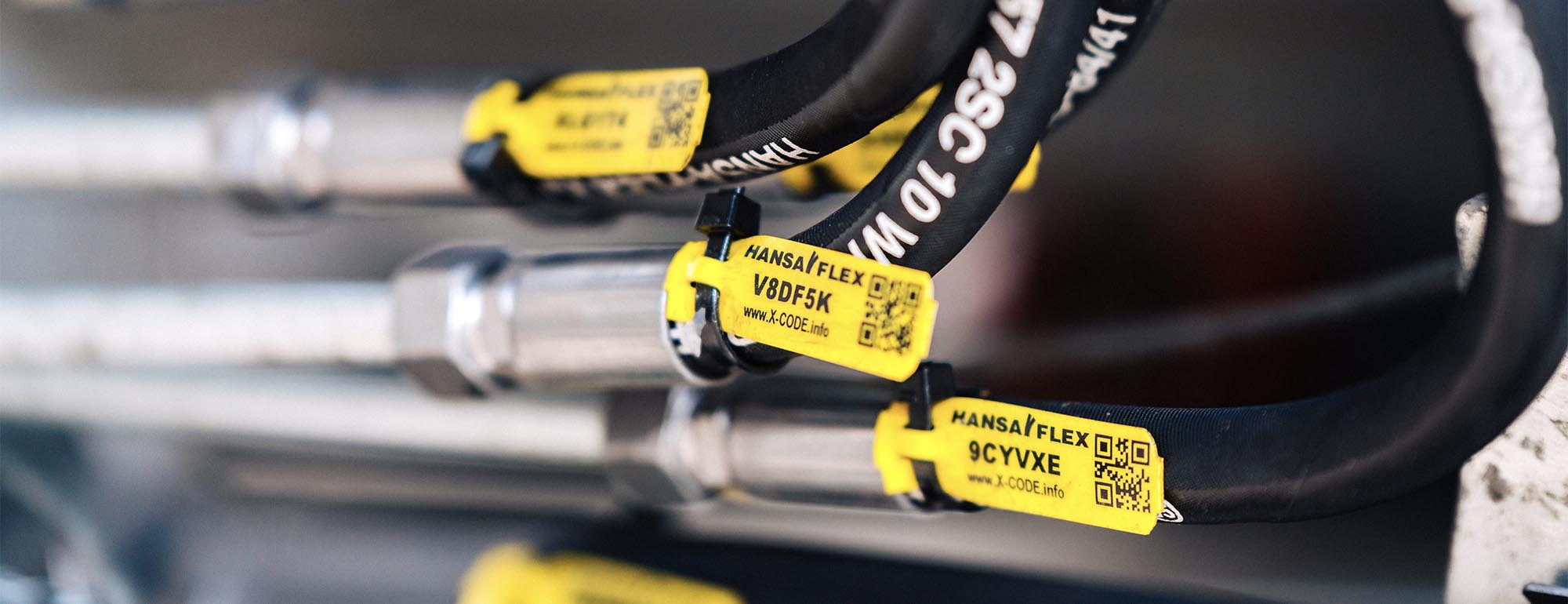-

Nicole Marx
Trainerin Leitungstechnik und Hydraulik-Öle der Internationalen Hydraulik Akademie

Inspection of technical materials
From the formalities to documentary evidence: why inspection records are so important!
Est. reading time is 6 minutesLearn more

Check the fit before you commit!
Caution – Danger of accident! What you need to know about the various thread types on hydraulic screw fittings.

Hydraulic valves in construction machinery
The efficiency and performance of hydraulic systems in construction machinery depends largely on the valve technology used.

An X-CODE for every situation
How to perform every task related to the management of hose lines quickly, easily and safely.

 Mexico
Mexico